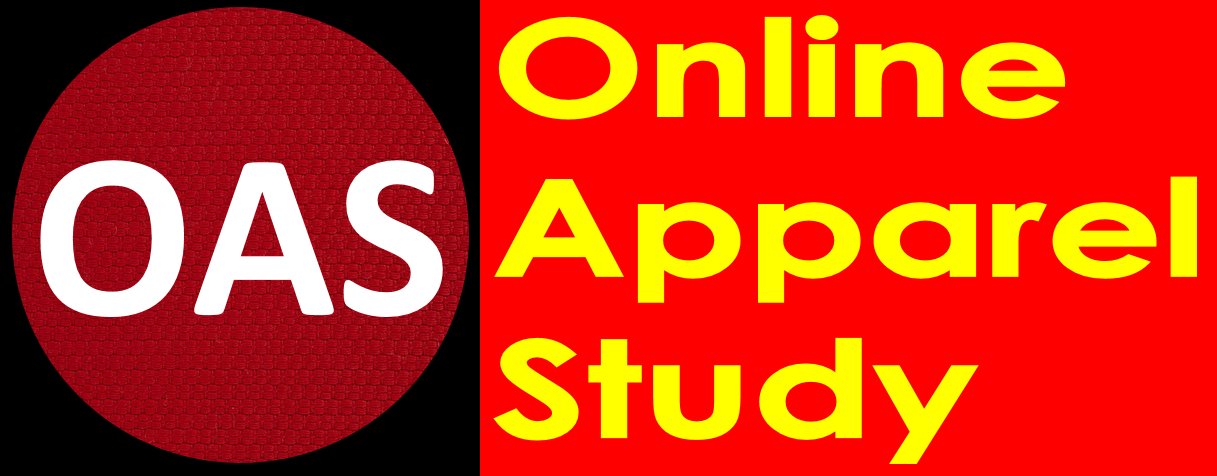IE
15 Reasons Why Need IE Department In Garments Industry?
What is Industrial Engineering?
Industrial
engineering is a concept of engineering which deals with the elimination of the
waste of time, man-hours, money, materials, machine time, energy and other resources
that actually do not generate any value to the products of service. Industrial
Engineering widely used in different manufacturing and services industry to
reduce or eliminate those wastes and non-value adding activities to ensure
optimum productivity, efficiency and profitability with better quality products
and services.
What
does IE do?
They
combine the knowledge of mathematics, physics, architecture, ergonomics and
social science together with the principles and methods of mathematical calculation,
engineering analysis, industrial psychology application and design to measure,
specify, forecast and evaluate the results obtained from systems and processes considering
physical aspects.
In the
developed country, industrial engineering is an established department almost
all of the sectors but in the garments products manufacturer countries, mainly
industrial engineering is established in the garments sector as like
Bangladesh.
Most of the
people, even many company owners also have not a clear idea that what industrial
engineers do in the garments industry and why they need the IE department in the garments
industry? In this article, I will try to answer this question.
15
reasons why IE department is important
IE
department is responsible for different types of activities in garments
industry. I mention major activities done by them below by 15 points.
01. Synchronize and Optimize
✔ Man
✔ Machine
✔ Material
✔ Method
✔ Money &
✔ Management
02. Analyze
✔ Factory cost to
minimize
✔ Factory
historical data for forecasting
✔ New style to
develop
✔ Work method to
improve
03. Make
✔ Operation
breakdown
✔ Product SMV
✔ Line layouts
✔ Thread
consumption
✔ Line balancing
✔ Line target
✔ Garments CM
calculation
✔ Worker
evaluation
04. Identify
✔ Bottleneck
operation to improve
✔ Wastes in the
system and remove or reduce
✔ Department wise
manpower requirement and allocation
✔ Needs of
training of worker and employee
✔ Man-machine
requirements for existing and upcoming styles
05. Monitor
✔ Hourly production
to compare target and improve production if not meet target
✔ Productivity
and Efficiency
✔ Factory
Profitability
✔ New setup
projects, machine and rules
06. Coordinate
✔ Plan from
planning department to follow-up and achieve
✔ Training program
for skill improvement
✔ With buyer
regarding factory production and efficiency
✔ With
merchandizer regarding new style
07. Audit
✔ Factory
processes
✔ Product quality
✔ Worker safety
✔ Ergonomic work
place
08. Improve
✔ Garments process
✔ Work method
✔ Layout
✔ Operator motion
✔ Helper job
✔ Garments
quality
✔ Overall system
09. Implement
✔ Lean tools
✔ New work system
✔ New improved
methods and processes
10. Maintain
✔ Factory
Database
✔ Machine profile
✔ Work study
(Time study, Motion study, Method study)
✔ Skill matrix
✔ SAM bank
11. Increase
✔ Production by
developing process and operator skill
✔ Efficiency by
removing extra non value adding activities and time
✔ Skills of
workers and supervisor by arranging training
✔ Awareness among
worker
12. Ensure
✔ Ergonomic
working environment
✔ Safety
✔ Better quality
products
✔ Equal capacity
distribution
13. Control
✔ WIP
✔ Excess overtime
✔ Labor cost
✔ Worker
absenteeism and turnover
14. Reducing/Removing
✔ 7 Wastes
✔ Hazards from
workplace
✔ Non-value
adding activities
15. Publish
✔ Daily
production and efficiency reports
✔ Weekly and
monthly performance reports
✔ Factory KPI
✔ Operator Incentives plan









Post a Comment
0 Comments